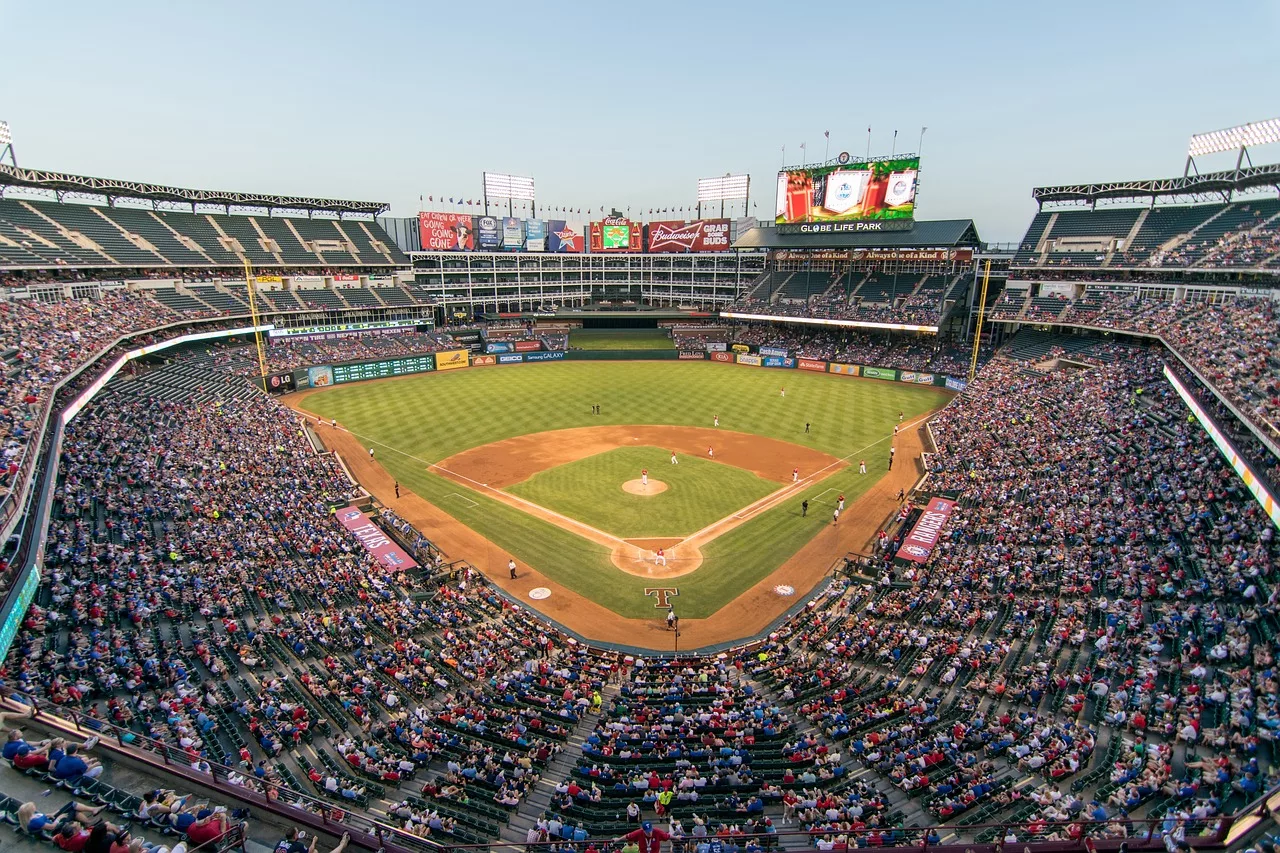Memo to Major League Baseball: The world is changing. Everywhere we look, it’s easy to see the fingerprints of the digital revolution – from the smartphones in our pockets to the smart homes we live in. Sports have been equally impacted by this revolution, and no, we’re not talking about sabermetrics. Instead, we’re referring to how fans consume sports content, namely through online streaming.
However, in the midst of this high-speed broadband ballet, one entity seems to be dragging its cleats in the dirt – Major League Baseball (MLB). Despite the meteoric rise of streaming platforms, the MLB’s blackout policies remain as antiquated relics of an era long gone.
This relic we speak of – the blackout policy – is the MLB’s way of encouraging local fans to attend games in person or watch them on local broadcast networks. The intention might have been noble, but the execution is as flawed as a curveball that doesn’t break. Local fans who subscribe to MLB.TV often find that their home team’s games are blacked out, forcing them to find alternatives or revert back to traditional cable TV.
At a time when most professional sports leagues are breaking away from the shackles of traditional broadcast arrangements, the MLB seems to be stuck in a double play. In an era of cord-cutting, where fans are migrating towards more flexible, cost-effective viewing options like Netflix, Hulu, and ESPN+, the MLB’s stubborn adherence to blackout policies is analogous to insisting on using a wooden bat in an aluminum league.
In its attempt to protect local broadcast deals and revenue, the MLB is unknowingly creating a wider gap between itself and its fans. Younger audiences are more inclined towards digital platforms due to their convenience and accessibility. By sticking to blackout policies, the MLB is essentially ignoring a significant demographic that thrives on digital consumption.
Furthermore, as the pandemic enforced social distancing norms and closed stadiums, fans have had no option but to consume sports from the safety of their homes. The MLB’s blackout policy has seemed even more out-of-touch in this context, often leaving fans frustrated and alienated.
When we look at other major sports leagues like the NBA or the NFL, we see a more proactive adaptation to the streaming revolution. Their embracing of digital platforms has made them more accessible to fans across the globe. By providing flexible viewing options, these leagues have tapped into a much wider, global audience, something the MLB is missing out on.
The bottom line is, the MLB’s blackout policy isn’t just bad for the fans; it’s a foul ball for the entire league. If the MLB wants to stay competitive and relevant, it must look beyond the pitcher’s mound and adapt to the ongoing streaming revolution.
It’s time for the MLB to step up to the plate and play ball with the digital age. A swing and a miss here could strike out an entire generation of potential fans. The ball is in the MLB’s court, and we can only wait and see how they decide to play it.
You may also like
-
Breaking the Huddle: Why the NFL’s Future Broadcasts Might Sideline Traditional TV
-
The Rising Astros Eclipse the Storied Yankees in this New Era of Baseball
-
The T20 Cricket Revolution: Why America is Falling for the Sport’s Shortest Format
-
The Couture Conundrum: Unraveling the Thread of Luxury Fashion’s Offshore Manufacturing
-
A New Era of Pro Golf: The PGA and LIV Golf Merger to Usher Unprecedented Change
